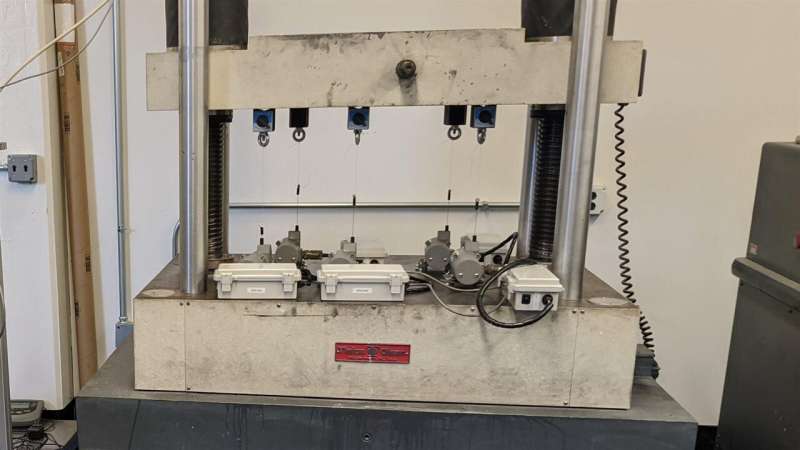The human arsenal has always been a little on the loaded side, but at the same time, it still hasn’t seen an element more significant than that desire of ours to improve at a consistent …
The human arsenal has always been a little on the loaded side, but at the same time, it still hasn’t seen an element more significant than that desire of ours to improve at a consistent clip. We can claim what we did because the stated desire has already brought the world upon some huge milestones, with technology emerging as quite a major member of the group. The reason why we hold technology in such a high regard is, by and large, predicated upon its skill-set, which guided us towards a reality that nobody could have ever imagined otherwise. Nevertheless, if we look beyond the surface for a second, it should become clear how the whole runner was also very much inspired from the way we applied those skills across a real world environment. The latter component, in fact, did a lot to give the creation a spectrum-wide presence, but even after achieving a feat so notable; technology will somehow continue to bring forth the right goods. The same has turned more and more evident in recent times, and assuming one new discovery ends up with the desired impact, it will only put that trend on a higher pedestal moving forward.
The researching team at Drexel University’s College of Engineering has successfully developed a solar-powered, wireless sensor system, which is designed to monitor bridge deformation for the purpose of timely alerting authorities when the bridge performance worsens. According to certain reports, the sensor system is supported by a solar photovoltaic cell, a dedicated deformation measuring device named displacement potentiometer, and a monitoring interface transceiver. In practice, these three elements are mounted on the bridge to take continuous measurements of its deformation, and once the relevant information is in, it is transmitted to a remote monitoring station. Interestingly enough, as the system draws power from a solar cell and a backup battery, it is considered possible to place multiple potentiometers on the bridge without wiring. Furthermore, we can also use a number of different sensors that should be useful when trying to monitor bridge movements, such as acceleration, tilt, displacement, and plenty other facets.
“With as much aging infrastructure as there is in the U.S. we need a way to keep a close eye on these critical assets 24/7,” said Ivan Bartoli, one of the researchers involved and head of the Intelligent Infrastructure Alliance in the College of Engineering. “This is an urgent need, not just to prevent calamitous and often tragic failures, but to understand which bridges should take priority for maintenance and replacement, so that we can efficiently and sustainably approach the preservation and improvement of our infrastructure.”
Running on a large-capacity 14.8-volt lithium-ion battery, the new system is conceived specifically to thrive within every climate, and this ability was wholly validated during tests conducted in both a lab and outside in the middle of Pennsylvania winter.
“We want to ensure that the sensors can continually take measurements and transmit data throughout the entire day, so we used a large-capacity battery so that it can power the system overnight or if it is cloudy for long periods of time,” said Yao Wang, who led the development of the power system. “This configuration is expected to provide uninterrupted power for years and the battery can provide power on its own for three weeks if it’s cloudy or the solar cell has been disabled.”
Talk about the technology’s future, the researchers plan to add more types of sensors, and simultaneously, prepare the system to determine the full lifespan of the power supply.




